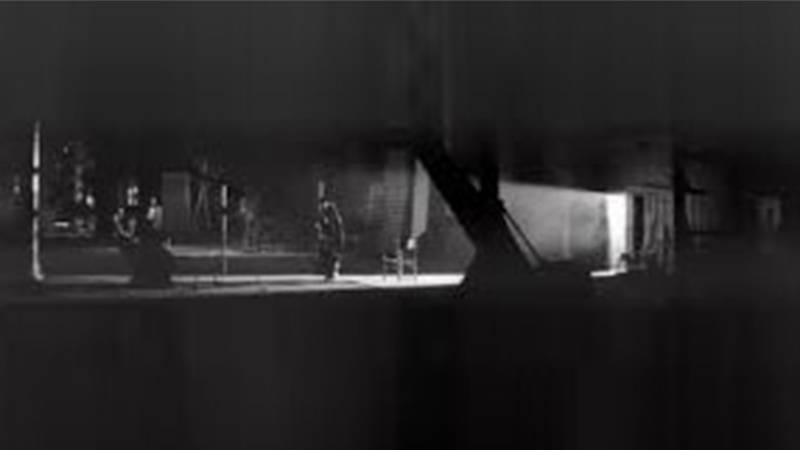
In the tapestry of reality, the hidden spectrum of colours unfurls itself within the simplicity of black and white. In unravelling the secrets of colour, the camera stands unparalleled, playing a pivotal role that surpasses the contribution of any other device. The profound interplay of colours within black and white is unmatched, a phenomenon discovered nowhere else. The unveiling of colours in darkness remains as elusive as the vibrant display of colours remains concealed within them.
Artists possess an enigmatic talent to see the concealed range of colours. The power to illuminate hidden secrets lies in it, a force unmatched by anything else. It’s a refined illusion as the camera, without a blink, unveils the depths of concealed secrets lurking behind it. Delving into the intricacies of a colourful image reveals the emergence of thousands of hues born from the amalgamation of three primary colours. Thus, the purity of colours transforms into a poignant expression, capturing the depth of emotions on the canvas of a unique individual.
The power of colours lies in their ability to leave lasting imprints on our nerves - in either paradise's calm or inferno's roar. Whether amid peaceful fields or the dread of a wildfire’s fury, whether manifested through divine forces or driven by the devil's animosity. From the intensity of hunger and its remedy to the nuanced expressions of joy and sorrow. Whether in the celebratory tunes of birth or the sombre notes of death’s lament. Whether it be the materialisation of any vision or an unforeseen event.
Be it the pursuit of personal goals or the culmination of developmental stages? The enchantment of colours, visually representing all elements, becomes a magical language that resounds in vivid hues, telling profound stories. Life unfolds as a kaleidoscope of incidents, a narrative where, akin to a captive princess sheltered in the fortress of heart and mind, both a princess and a demon coexist. It is a mystical cave, akin to a hidden door pulsating within the mountain’s chest, much like a beating heart, waiting to be unveiled by the magical chant of ‘open sesame.’
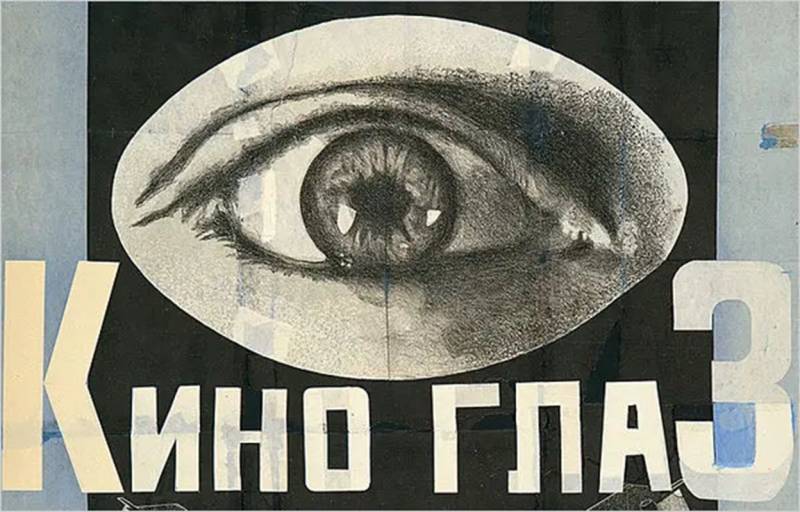
A film is a visual medium that upholds artistic integrity without compromising on fundamental principles. It expresses its viewpoint freely. A consistently successful film aligns with the currents of history. Screams echo from shattered fragments, rising from broken tombs, entwining with the eerie laughter of wild corpses. The faint aroma of withered flowers, the sun recoiling in a horizon bathed in blood, and the moon’s tapered fingers delicately tracing the lips of the sky—all tucked away in the silent pocket, guarding a handful of lingering secrets.
An educational film delves into romantic, intricate, ethical, and unethical narratives as its subjects. Like a balance sheet, a documentary enriches its content with geographical or documentary elements. A film, forever developing frame by frame, then intricately weaving into a cohesive whole—a complete cinematic experience. It unfolds as the filmmaker’s endeavour, donning the cloak of relentless aspiration, veiling the naked body of obscure desire. The sun’s rays of desire echo across the expanse of the sea. Subsequently, the melancholic mist of the evening materialises, casting a sombre shroud over the eyes, and, from towering buildings, it takes a fatal plunge into the abyss.
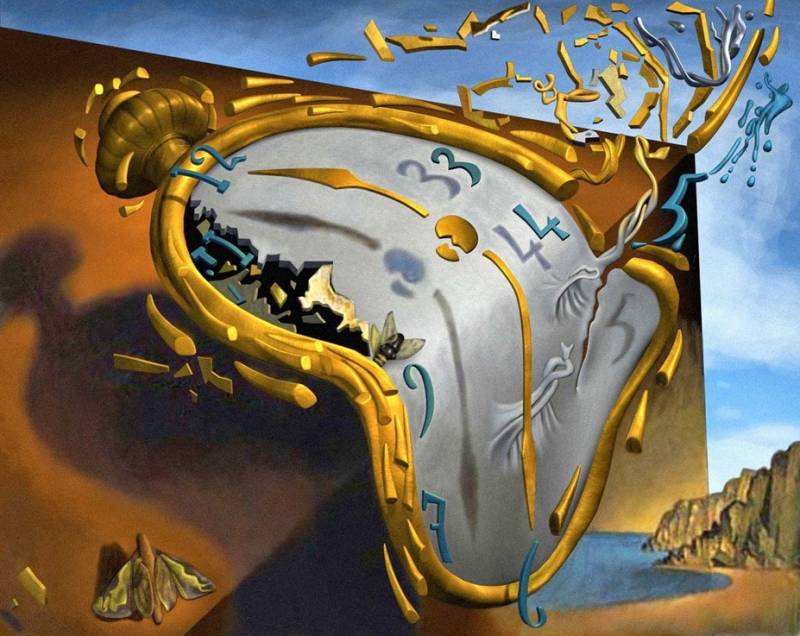
At the forefront of modern art, a film stands as a soldier, navigating the intricate maze of exploration with unwavering precision. Lips tinged with blood perpetually bear a smile, draped in a scarlet veil, while the mountain peaks continuously release threads of silken fragrance. The sun of the earth never sets in the jungle of shadows. The vigilant soldier, instead of the blind imitation, fights by gathering the gunpowder of reason.
Going beyond imparting a sonorous resonance to the rhythmic arrangements of classical music, often characterised by its romantic and devotional essence, it unveils a resounding echo of deliberate contemplation in both actions and movements. The demeanour and expression of a face can be entirely different. Various angles of light reflect colours like dewdrops on soft, dew-laden grass beneath the orange-hued trees at a specific time and space. These colours inquire from the sky before the sun’s self-immolation. Before you expose me to nakedness, embrace me in your arms. Then, I will become an exemplar of beauty.
Worthy of admiration, the process of Deconstructing and portraying is termed “mise-en-scène” in the terminology of filmmaking. In the realm of art, the essence of Cubism lies in the thorough deconstruction and subsequent reconstruction of Cubist art. The author’s camera eye skilfully captures natural scenes, enhanced by artificial elements, delivering the narrative in a visual language.
Whether it's the fractured spectrum of shattered red and yellow glass figurines resembling a rainbow or the liquefying emptiness within crystal-clear glasses, the author's camera eye skilfully captures these natural scenes enhanced by artificial elements. Or it might be the bleeding ink from the smouldering wounds of a cigarette, delicately resting on an ashtray-faced tray, and the quivering newspaper beneath the whirling blades of the fan on the table. Be it roads crushed under the weight of thundering trucks or their sighs resonating through the air, or the light filtering through drifting clouds, casting a poetic drama. Using crafted items from construction materials, they bring mystical abilities to life in dreams, presenting a traditional narrative in a freely arranged chronological sequence, known as 'dadaism or 'surrealism.'
They incorporate traditional elements into a new context. Like a broken skull peering out from the shattered graves of an ancient cemetery, with a forcefully placed fragmented skull on the framework of bare bones. Fingers trembling as they carve a path in the river of fire, placing grains of sand between the digits and spitting on the face of the sky, and then, forming another thought, it rises as an alternate form, meaning the use of alternative shapes creates something entirely new.
While the external interpretation of its physical form may suggest one thing, deeper contemplation reveals an entirely different significance, introducing a novel societal and economic essence. A group of experimental films in England, France, Denmark, Holland, and Belgium was created by painter-artists. In the early 20th century, they gained particular prominence. Inspired by the events of the time, they have consistently adhered to a narrative steeped in realism, and their artistic integrity continues to follow the tradition of narrative.
These were brief yet tumultuous changes, events that unfolded, driven by the youth of the time across various parts of Europe and the world. While it may seem that such changes will never occur again, we cannot dismiss the potential for artistic elements and innovations to re-surge as small or large movements, infusing freshness and creativity. History will perpetually bear witness to this enduring reality.
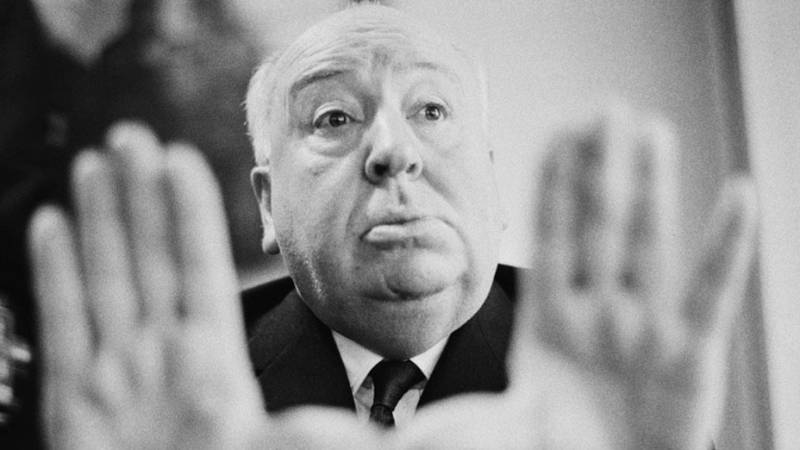
A directorial vision which leads the viewer from the central theme of the film to visual cues distinguishes the film director, Alfred Hitchcock. It is this unique sequence of special signals that forms his signature style. Artistic imagination and perception are the cornerstones of filmmaking. This essence permeated the French film movement, not through introducing novel ideas, but by providing a profound interpretation of the film’s positive and negative dimensions.
Now is the era to perceive cinema through a lens of realism. Italian Neorealism stands as the illustrious gateway to the cinematic world, encapsulating a nationalist struggle woven around the hardships of the deprived lower-middle class. It authentically portrays actual locations and events, elevating this narrative authenticity of an art form. Trained actors do not fill roles but by ordinary individuals, injecting a sense of reality into the narrative. To illustrate this perspective, noteworthy films such as Vittorio De Sica’s Bicycle Thieves, Satyajit Ray’s Pather Panchali in Bengali, and the Pakistani film Jago Hua Savera directed by AJ Kardar and written by Faiz Ahmed Faiz, come to the forefront as exemplary instances.
The cinematic odyssey, spanning from the era of silent films to the present day, has been an enthralling evolution, continually unfolding and navigating its diverse destinations. The voyagers on this remarkable expedition include not only the architects of films but also the film enthusiasts, ranging from children to adults, collectively contributing to and immersing themselves in this dynamic process.
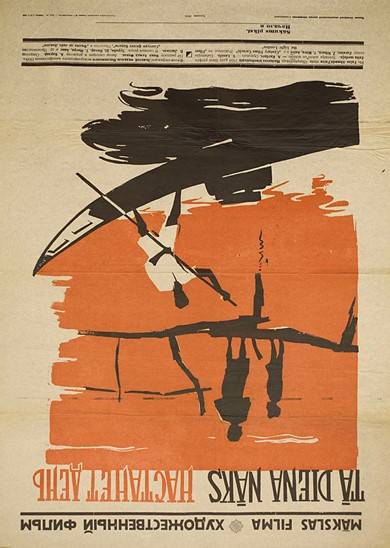
You might remember from our childhood, there used to be a green rectangular box with three circular holes, housing a thick lens, which we placed over our eyes. With both hands, we completely covered the box to prevent any light from entering. Beneath the box, there was a key to change the scenes. As the image transformed, the storyteller, displaying the visual spectacle, would say, “AYE JAL MACHHLI VE VEEKHO” PARI GHORA, AYE BARAH MANN DI DHOBAN VE VEEKHO”; above the screen, a woman would sit, narrating the story.
There used to be a world like a flickering lamp that would take us into the realm of dreams. In the river, we felt a floating, bubbling fish that distributed joys equally with us. We laughed as if we were swimming in this river with the fish floating from one scene to another. The fairy horse, soaring in the air, with chains on its hooves, wouldn’t let it go far into the celestial skies. As if the burdens of dreams are echoing in our eyes, and we remain captivated by our vision with the fairy horse.
A silence envelops us. The shadow of the soul burning in the sun is reigning. It’s like a desolate place where we all have disappeared. The commotion inside us is like a corpse of noise in the arms of darkness. In this darkness, only we and the green-boxed dancing continue. As long as the money doesn’t run out, we keep watching scenes on the screen of our minds.
Then suddenly, a voice comes, and the spectacle ends. No one is there, nothing is there. Everything seems to have ended, no ground, no sky, no time, no people. Everything just vanishes, neither land nor sky, neither time nor people. Only the owner of the green-boxed dance continues to load the box on his back, chanting, “AYE BARAH MANN KI DHOBAN VE VEEKHO”; “PARI GHORA VEEKHO”, “JAL PARI VEEKHO”. It feels like he has stolen all the savings of our house, sealed them in the green box, and taken them away. We, disheartened, wondered which crime we committed to pay this penalty.
Similarly, the cinematic journey of joy and sorrow continued to advance. Silent films spoke again. Colours reflected from black and white celluloid screens, and instead of the small green box, we found ourselves in large rooms, then halls, and from there into theatres. Descending with parachutes of our thoughts and dreams, sometimes driving in open spaces amid the ruins of roofless buildings, and sometimes arriving in closed rooms in complete darkness. In complete silence, only we and our connection with those characters began.
Those characters who, in their silent philosophies of grief, joy, sorrow, and political movements such as the troubled philosophies of Marx and Engels, had brought light into the darkness. But it is this medium where humans focus their consciousness on a constant frame, and we become part of this rectangular frame for sometimes five minutes and sometimes hours.
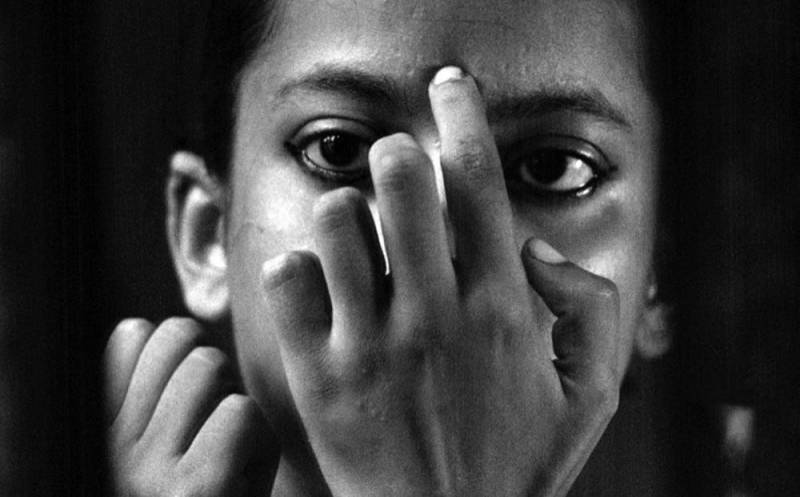
As the unshackled shards of Ben-Hur’s chariot wheels pierced through our senses, the resonance of sound and music captivated us. It resembled the rivulets of knowledge etching grooves into sharp stones, raising our awareness. The cascade of emotions, akin to a stream of oil, burst into flames, shimmering like a blaze on embers. This experience compelled us to rivet our focus on the screen. The art of transforming our mood and temperament, kindling excitement within our hearts and minds, lay in the enchantment of the developing scenes.
The utilisation of sound effects, eloquent language, and the magic of music infused warmth into our veins. It seemed as if the flowing seas had paused, and the setting sun in the sky gradually dimmed. Sparkling from all heavens, the lips of the radiant darkness began kissing the earth. Sometimes, silence proves to be dramatically effective in a scene. Like the arc of blood splattering on the body. Drops of milk fall from the breasts of clouds. Blood becomes imprisoned in red roses, and, as if shielding our gaze, dark clouds of desire, akin to music, appear in our eyes.
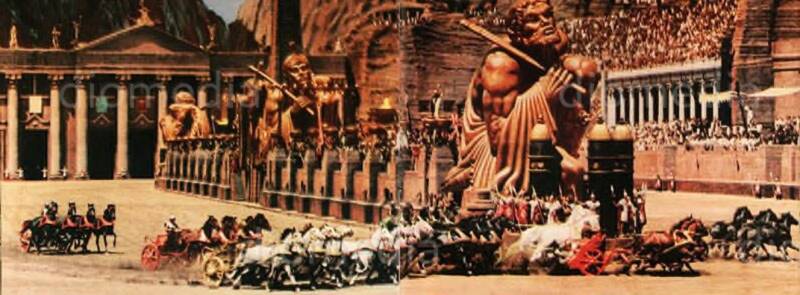
Experimental films, especially those crafted in the documentary or docudrama style, are gaining popularity among general film audiences, traditionally more drawn to theatrical styles. Their increasing appeal marks a shift, and as general film audiences grow more accepting. It poised them to embrace these films as a prominent fixture on the screen. This trend challenges the long-standing conventional theatrical styles that it has accustomed audiences to.
As the general audience embraces this significant shift, even entertaining films will align with the accepted screen style. The term ‘entertainment’ will rightly characterise a screen style deeply rooted in reality. Echoing Aeschylus’s wisdom, “Become who you are and remain that way. Everything else has already been used.”
Although our films haven’t fully detached from the theatre, the day screen style gains widespread acceptance will serve as a golden gateway for cinema. Its purpose will continually highlight the entertainment element in art films, ensuring they are no longer excluded from the enjoyment of mainstream film enthusiasts. I conclude with the adapted quote from Aeschylus:
“A pleasing outcome brings joy. An unfavourable conclusion leaves one in anguish.”
May the conclusion be joyous, not distressing.

